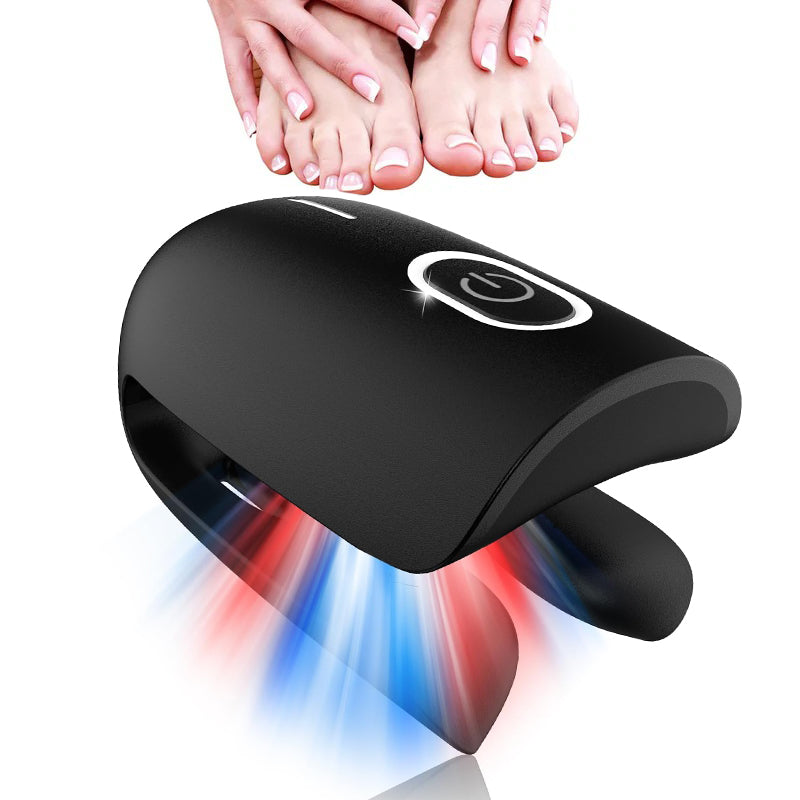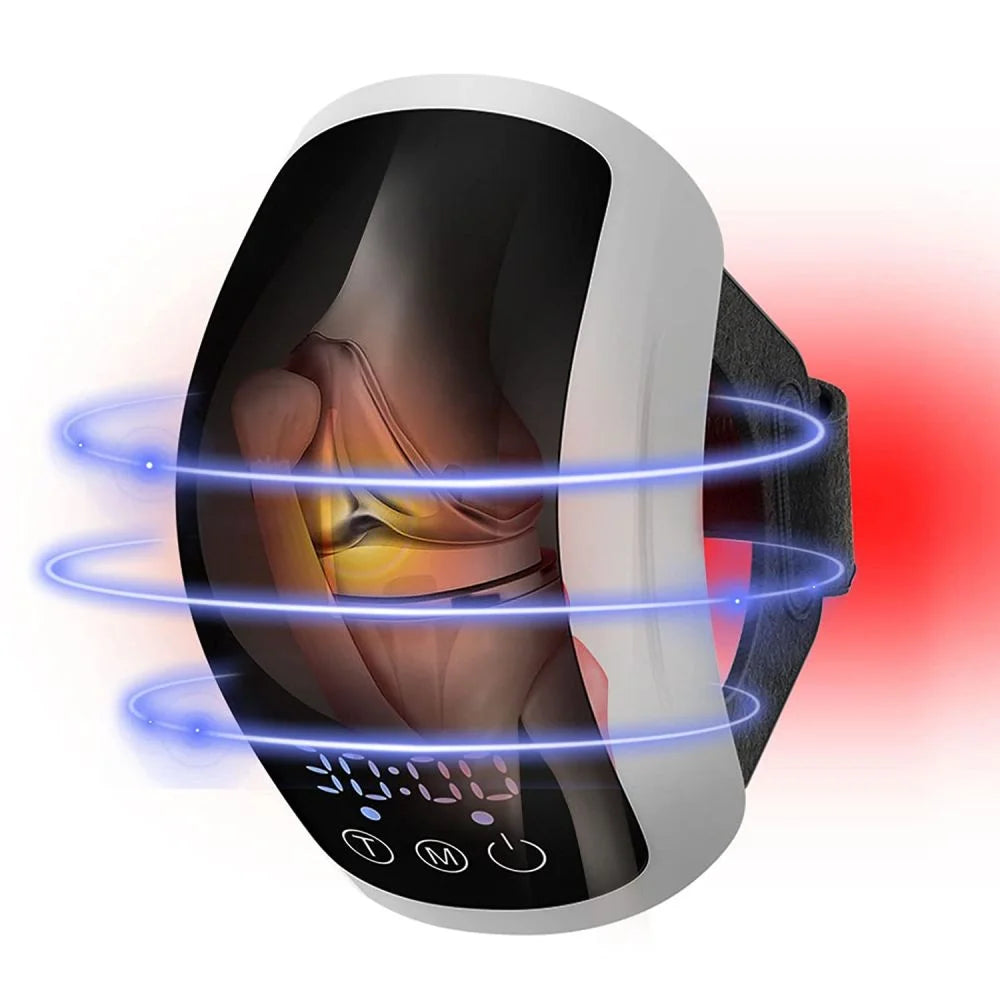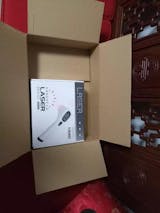Living with vitiligo can be challenging, especially when conventional treatments offer limited success. However, emerging therapies like red light therapy present promising alternatives. In this article, we'll delve into how red light therapy can combat vitiligo, offering hope to those seeking effective solutions for this stubborn condition.
Introduction
Vitiligo is a skin problem where parts of your skin lose their color, making white patches. It affects people of all ages but is more commonly seen in middle-aged and elderly individuals. While not physically painful, the psychological impact of vitiligo can be significant, leading to feelings of self-consciousness and lowered self-esteem.
Understanding Vitiligo
- Definition
Vitiligo happens when cells called melanocytes, which make the color in your skin, get damaged. This causes white patches to show up on your body.
- Causes and Symptoms
The exact cause of vitiligo is still unknown, but factors such as autoimmune disorders, genetics, and environmental triggers are believed to play a role. Symptoms typically manifest as depigmented patches on the skin, which may gradually enlarge over time.
- Conventional Treatments
Conventional treatments for vitiligo aim to either slow down the progression of the condition or restore pigment to the affected areas. These treatments include:
- Medications
Topical corticosteroids, calcineurin inhibitors, and other immunomodulating drugs are often prescribed to help repigment the skin. However, these medications may have limited effectiveness and can cause side effects with long-term use.
- Phototherapy
Phototherapy means shining UV light on the skin to help make pigment. While effective for some individuals, phototherapy requires frequent sessions and may not produce satisfactory results for everyone.
Red Light Therapy Overview
- What is Red Light Therapy?
Red light therapy, also known as low-level laser therapy or photobiomodulation, is when you use soft red or near-infrared light on your skin. This treatment doesn't involve surgery and is thought to help your cells heal and grow back better.
- How Does it Work?
Red light therapy works by stimulating mitochondria within cells, increasing the production of adenosine triphosphate (ATP) and promoting cellular repair and regeneration. It also helps to reduce inflammation and improve circulation, which can aid in the repigmentation process.
- Benefits of Red Light Therapy
Aside from its potential in treating vitiligo, red light therapy has been studied for its efficacy in various other conditions, including wound healing, pain management, and skin rejuvenation. Its non-invasive nature and minimal side effects make it an attractive option for many individuals.
Red Light Therapy for Vitiligo
- Research and Studies
Research into the use of red light therapy for vitiligo is still relatively limited but shows promising results. Studies have demonstrated improvements in repigmentation and reduction in the size of depigmented patches with regular treatment.
- Effectiveness
While red light therapy may not produce immediate results, consistent and long-term use has been shown to enhance repigmentation and improve the overall appearance of the skin in individuals with vitiligo.
Using Red Light Therapy Devices
- Types of Devices
Red light therapy devices can be small and held in your hand, big panels, or beds. Holding ones are good for treating small areas, while bigger panels or beds cover your whole body.
- How to Use
Using a red light therapy device is simple and can be done in the comfort of your own home. Follow the manufacturer's instructions for distance, duration, and frequency of treatment sessions. Consistency is key to seeing results.
- Safety Considerations
Using red light therapy is usually safe, but it's important to be careful to avoid problems. Wear special glasses to protect your eyes and don't use it too much to prevent skin irritation.
- Choosing the Right Device
- Factors to Consider
When choosing a red light therapy device for vitiligo treatment, consider factors such as the wavelength of light emitted, device specifications, and user reviews. Opt for a device that is FDA-approved and backed by clinical research.
- Product Recommendations
Several red light therapy devices on the market cater to individuals with vitiligo. Look for devices with adjustable settings, ergonomic design, and a warranty for added peace of mind.
Success Stories
Many individuals with vitiligo have shared their success stories after incorporating red light therapy into their skincare routine. From noticeable improvements in pigmentation to increased confidence, these testimonials highlight the potential of red light therapy in managing vitiligo symptoms.
Conclusion
Red light therapy offers a promising avenue for combatting vitiligo, providing a safe and effective alternative to conventional treatments. By harnessing the power of low-level light, individuals with vitiligo can achieve repigmentation and improve their overall quality of life.
FAQs
Is red light therapy safe for all skin types?
Yes, red light therapy is generally safe for all skin types, including sensitive skin. However, individuals with photosensitive conditions or those taking photosensitizing medications should consult with a healthcare professional before starting treatment.
How soon can I expect to see results with red light therapy for vitiligo?
The outcome can differ based on the person and how serious their condition is. While some people may notice improvements within a few weeks of starting treatment, it may take several months of consistent use to see significant changes.
Can red light therapy devices be used in conjunction with other treatments for vitiligo?
Yes, you can use red light therapy devices with other treatments for vitiligo, like creams or light therapy. But, it's important to talk to a skin doctor first to make sure it's safe and works well together.
Does red light therapy cause any problems?
The side effects of red light therapy are minimal and usually mild, including temporary redness or irritation at the treatment site. These side effects typically resolve on their own and can be minimized by following proper usage guidelines.
Are there any side effects of red light therapy for vitiligo?
When used as directed, RLT is generally safe, with minimal side effects such as temporary redness or dryness.


























